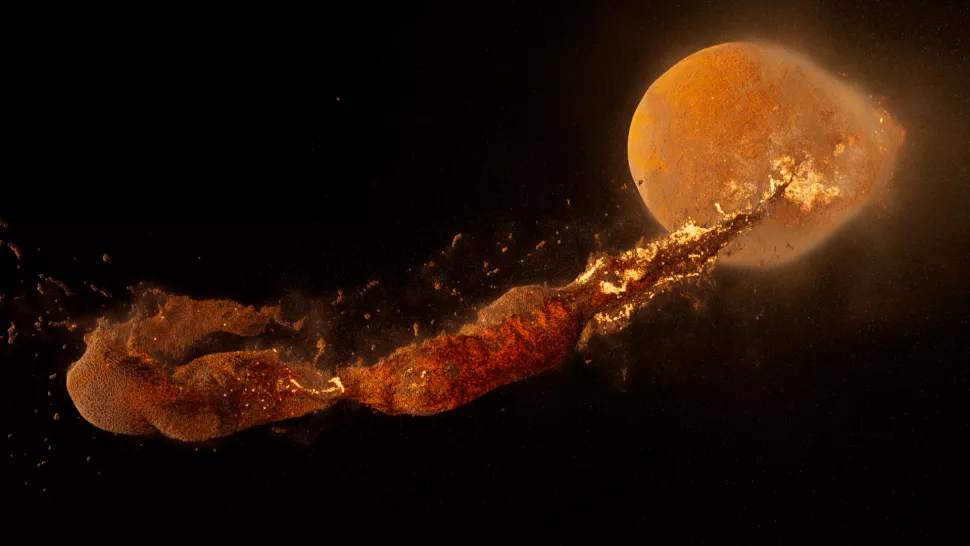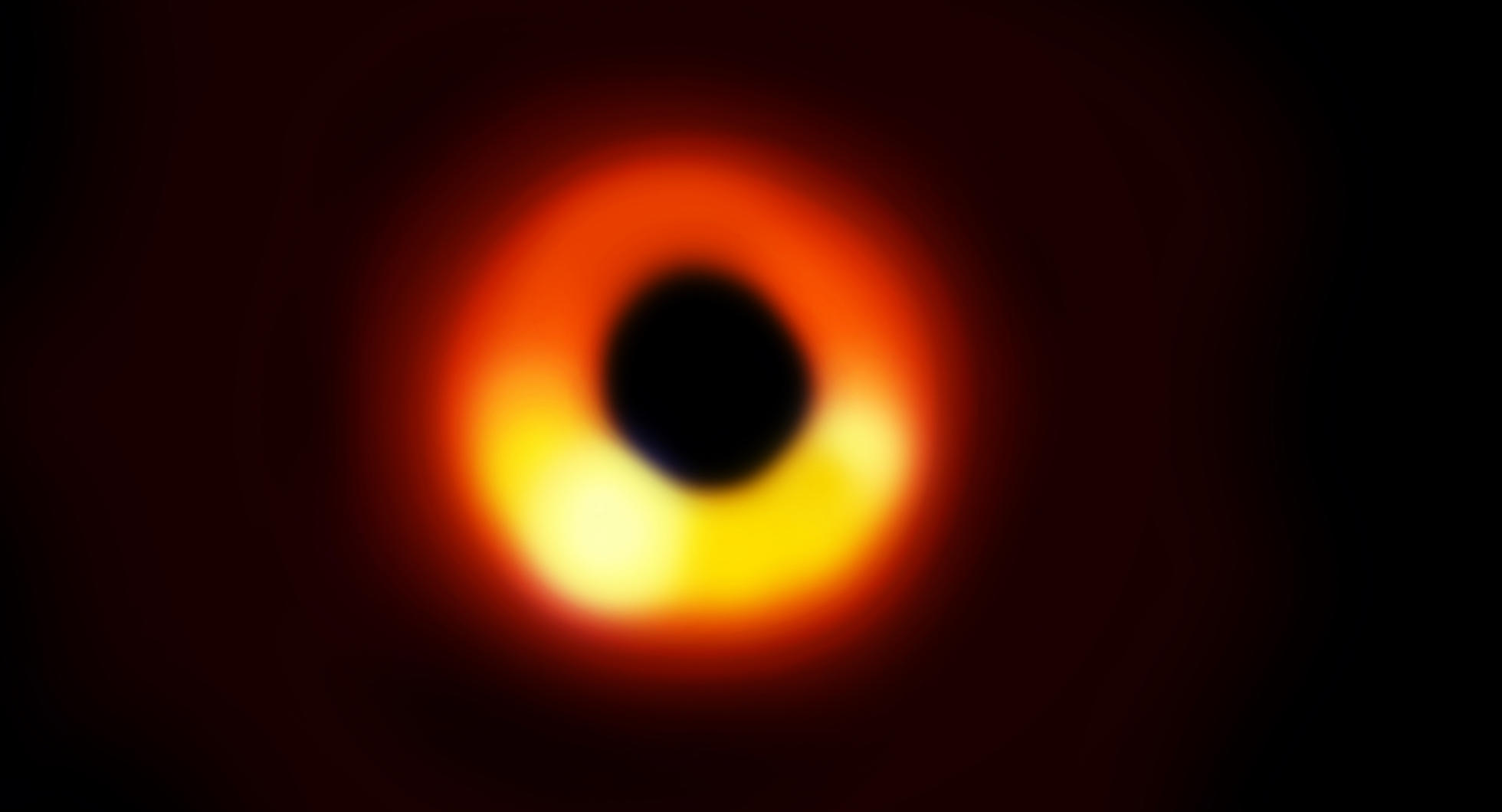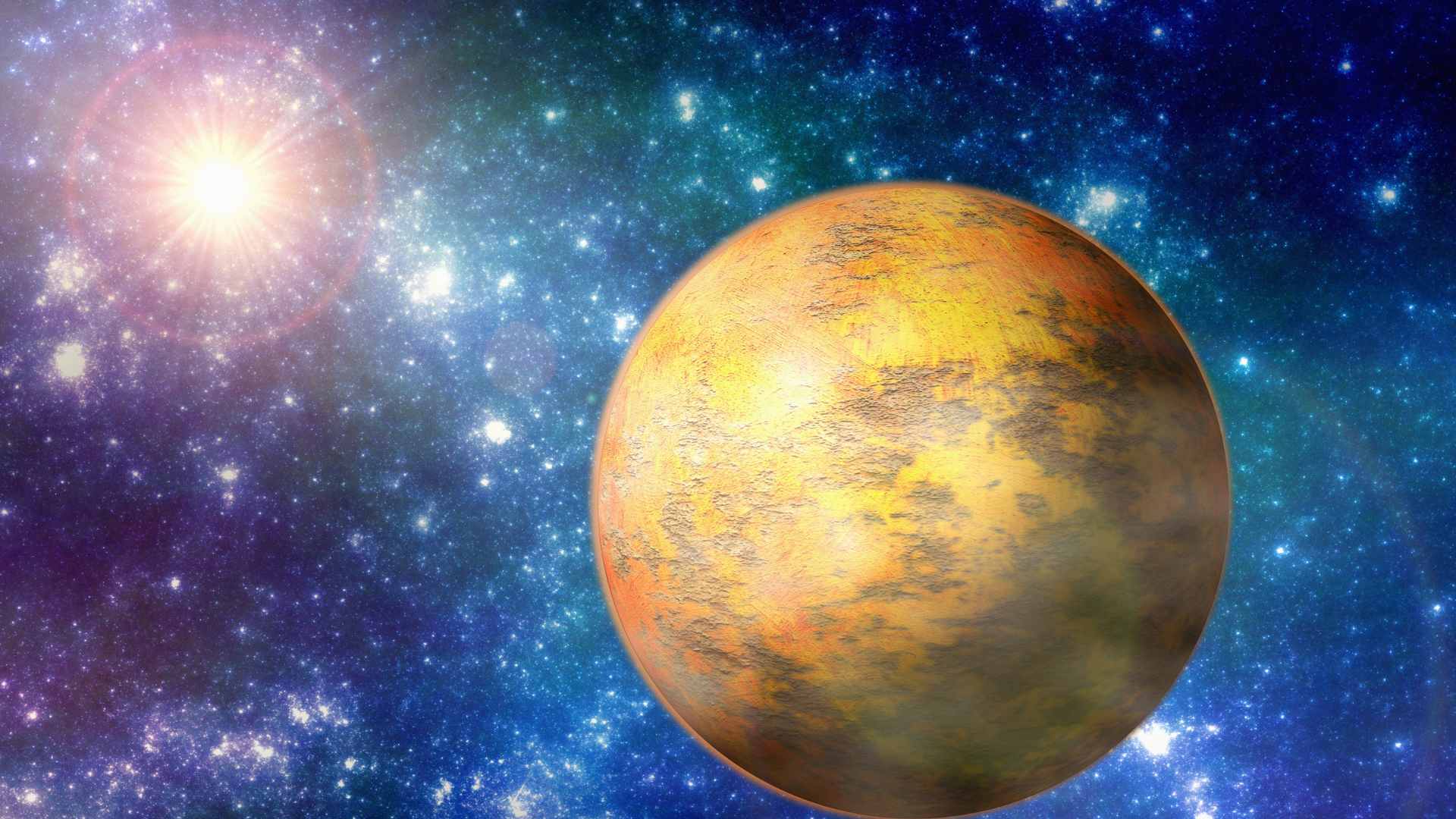A new study suggests that the moon was created in hours, not days

While the majority of theories about how the moon formed claim that it formed from the accumulation of debris over time, resulting in an enormous mass that collided with the Earth, a new study with a supercomputer suggests a different perspective that the moon was created in hours, not in days.
Scientists have now simulated the event using the immense computational capabilities of a supercomputer and have arrived at the conclusion that the process didn’t last for an extremely long time but ended immediately in a matter of hours.
This new study, which was published in The Astrophysical Journal Letters, has offered a different perspective and is a major eye-opener in the research of our natural satellite. NASA quotes study leader Jacob Kegerreis as telling NASA that this gives up a whole new variety of potential starting sites for the moon’s evolution.
Popular theory behind the formation of the moon and limitation
According to the most commonly accepted theory, the moon was formed when our planet and an object called Theia, which was roughly the size of Mars at the time, collided billions of years ago.
Despite the fact that the theory explains a lot about the moon, scientists are still perplexed as to why the moon’s composition is so similar to that of the Earth. Scientists can infer that a large portion of the material that makes up the moon was originally from Earth based on lunar samples.
If we continue to believe in the widely accepted theory of the Earth-Theia collision, the explanation for why the moon and Earth are so similar becomes more complicated. According to Nasa, this is unlikely because Theia was sprayed into orbit and only a tiny amount of material from Earth was mixed in. Nasa adds that it isn’t possible unless Theia was also isotopically similar to Earth.
Suggested method
The researchers used more Earth material to create the moon in this new simulation, especially its outer layers, which could explain the closeness.
According to Nasa, this single-stage, faster formation hypothesis provides a clearer and more elegant solution to both of these open questions. It also explains the moon’s tilted orbit and thin crust, as well as the mystery of the moon’s broad orbit with an interior that isn’t entirely molten.
Scope of future research
Nasa is going to carry out the Artemis mission in the belief that the research conducted will assist in clarifying the picture.
It is also crucial to learn more about the moon because these studies can help us understand how our own world became a life-sustaining world.
According to Vincent Eke, co-author of the paper, the more we learn about how the moon came to be, the more we discover about the evolution of our own world.
Auto Amazon Links: No products found.


